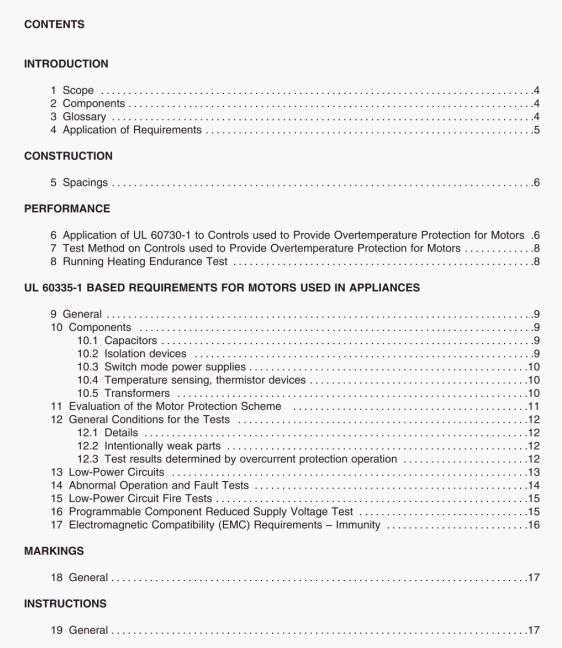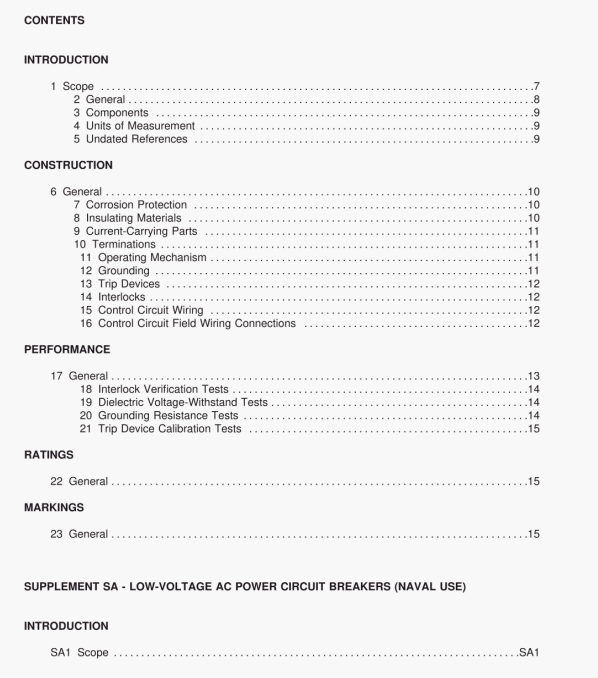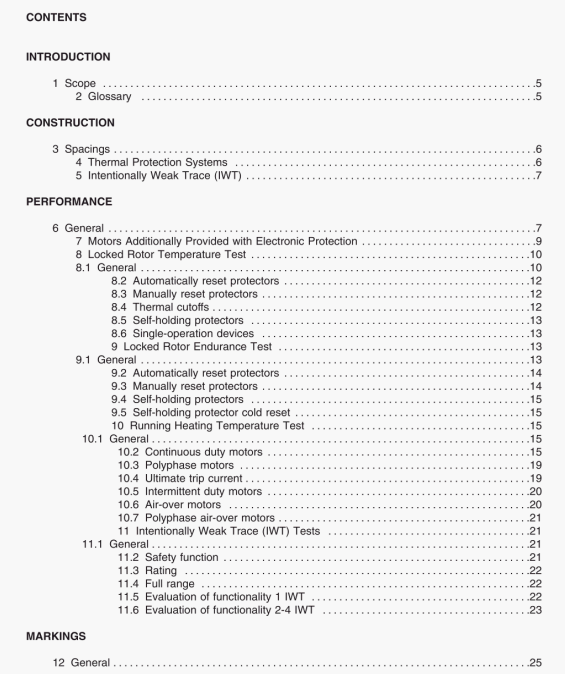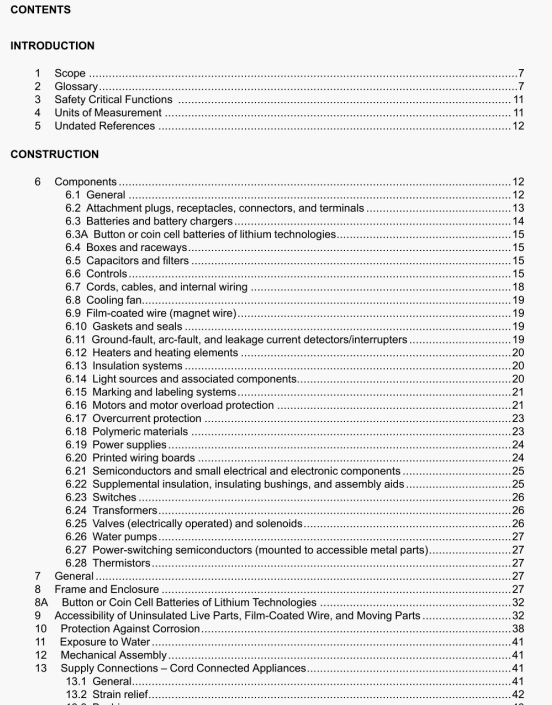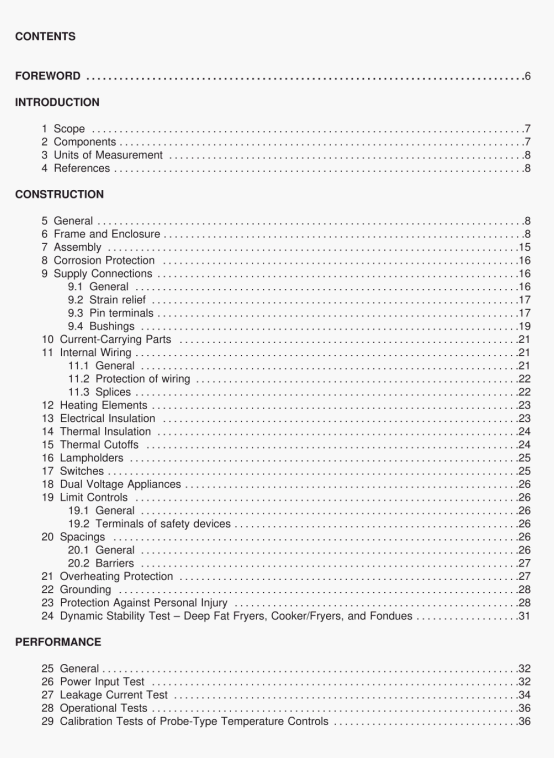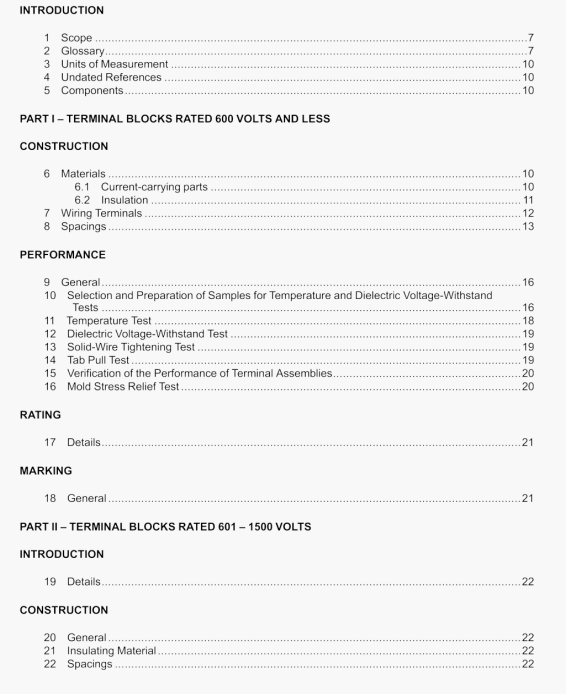UL 154:2019 pdf download.Carbon-Dioxide Fire Extinguishers.
13 Hose
13.1 An extinguisher having a capacity of more than 2.7 kg (6 lb)-mass of carbon dioxide shall be equipped with a discharge hose. A hose shall be flexible and of a length not less than 600 mm (24 in) such that the horn points in any direction.
13.2 A hose shall contain a metal wire braid and shall have either an outer wrapping of tightly woven high-grade yam or a cover of natural or synthetic rubber, It shall be equipped with couplings of ferrous metal coated to resist corrosion, nonferrous metal, or stainless steel threaded to accept the discharge fitting of the valve and the connector of the discharge horn. The hose shall be electrically conductive from the inlet coupling to the outlet coupling. The hose shall be capable of being removed and replaced.
14 CouplIngs
14.1 A hose coupling shall be made of couosion-resistant material. See Salt Spay Corros4on Test, Clause 39. The coupling shall be threaded or provided with equivalent means for Its attachment to the outlet of the discharge valve. When the hose coupling incorporates a nozzle onfice. the threads or attachment means shall prevent the outlet end of the hose Iron, being connected to the outlet of the discharge valve,
14.2 ContInued use of the hose shall not cause loosening or detachment of the coupling, and there shall be no projections to catch on objects or otherwise interfere with pulling of the hose.
15 SIphon Tubes
15.1 A siphon tube shall be constructed of a material that is resistant to the corrosive effects of the extinguishing agent.
15.2 The siphon tube shall be notched, scarted. or otherwise prevented from restricting discharge in an unintended manner when the tip of the siphon tube is resting on the bottom of the cylinder.
16 Discharge Tubes
16.1 When a hand-portable extinguisher Is provided with a discharge tube, the tube shall be fastened to the discharge valve by a swivel joint and sealed against leakage. The swivel shall be movable with sufficient friction to maintain the discharge tube in the same fixed position with respect to the assembly when the extinguisher is held in any position.
13.1 An extinguisher having a capacity of more than 2.7 kg (6 lb)-mass of carbon dioxide shall be equipped with a discharge hose. A hose shall be flexible and of a length not less than 600 mm (24 in) such that the horn points in any direction.
13.2 A hose shall contain a metal wire braid and shall have either an outer wrapping of tightly woven high-grade yam or a cover of natural or synthetic rubber, It shall be equipped with couplings of ferrous metal coated to resist corrosion, nonferrous metal, or stainless steel threaded to accept the discharge fitting of the valve and the connector of the discharge horn. The hose shall be electrically conductive from the inlet coupling to the outlet coupling. The hose shall be capable of being removed and replaced.
14 CouplIngs
14.1 A hose coupling shall be made of couosion-resistant material. See Salt Spay Corros4on Test, Clause 39. The coupling shall be threaded or provided with equivalent means for Its attachment to the outlet of the discharge valve. When the hose coupling incorporates a nozzle onfice. the threads or attachment means shall prevent the outlet end of the hose Iron, being connected to the outlet of the discharge valve,
14.2 ContInued use of the hose shall not cause loosening or detachment of the coupling, and there shall be no projections to catch on objects or otherwise interfere with pulling of the hose.
15 SIphon Tubes
15.1 A siphon tube shall be constructed of a material that is resistant to the corrosive effects of the extinguishing agent.
15.2 The siphon tube shall be notched, scarted. or otherwise prevented from restricting discharge in an unintended manner when the tip of the siphon tube is resting on the bottom of the cylinder.
16 Discharge Tubes
16.1 When a hand-portable extinguisher Is provided with a discharge tube, the tube shall be fastened to the discharge valve by a swivel joint and sealed against leakage. The swivel shall be movable with sufficient friction to maintain the discharge tube in the same fixed position with respect to the assembly when the extinguisher is held in any position.
